Description
Computer vision stands out as a game-changing technology that enables computers to interpret and comprehend the visual environment. This technology is a part of the fast-developing area of artificial intelligence. Through the process of imitating human visual perception, computer vision allows computers to detect patterns, identify things, and make judgments based on the information they get from their visual input. This technology makes use of deep learning algorithms and enormous volumes of data in order to achieve amazing accuracy and efficiency in a variety of activities, including face recognition and autonomous driving, among others. The field of computer vision is set to transform a variety of sectors as artificial intelligence continues to advance. It has the potential to improve everything from medical diagnostics to security systems, and it will also dramatically alter the manner in which we interact with our surroundings. An age of innovation and convenience is about to begin as a result of the incorporation of computer vision into apps that are used on a daily basis. The use of artificial intelligence to image analysis in the medical field, for example, helps in the early detection of illnesses by properly identifying abnormalities in medical scans, which ultimately leads to improved patient outcomes. By implementing intelligent checkout systems and providing individualized buying suggestions, computer vision in the retail industry improves the overall consumer experience. These technologies are very important for autonomous cars because they allow them to traverse complicated terrain, identify impediments, and assure the safety of passengers. Additionally, computer vision plays an important part in the manufacturing industry, where it allows for the automation of inspection procedures and the streamlining of quality control procedures. Beyond its practical uses, computer vision has the potential to pose serious ethical and social concerns. This potential goes beyond the realm of practical applications. There are a number of concerns that call for strict regulation and responsible development, including privacy, surveillance, and the possibility of biased algorithms. It is vital to strike a balance between innovation and deliberate supervision in order to guarantee that the advantages of computer vision are realized in a manner that is both equitable and ethical. This is because researchers and developers are continually pushing the frontiers of what artificial intelligence can see and comprehend.
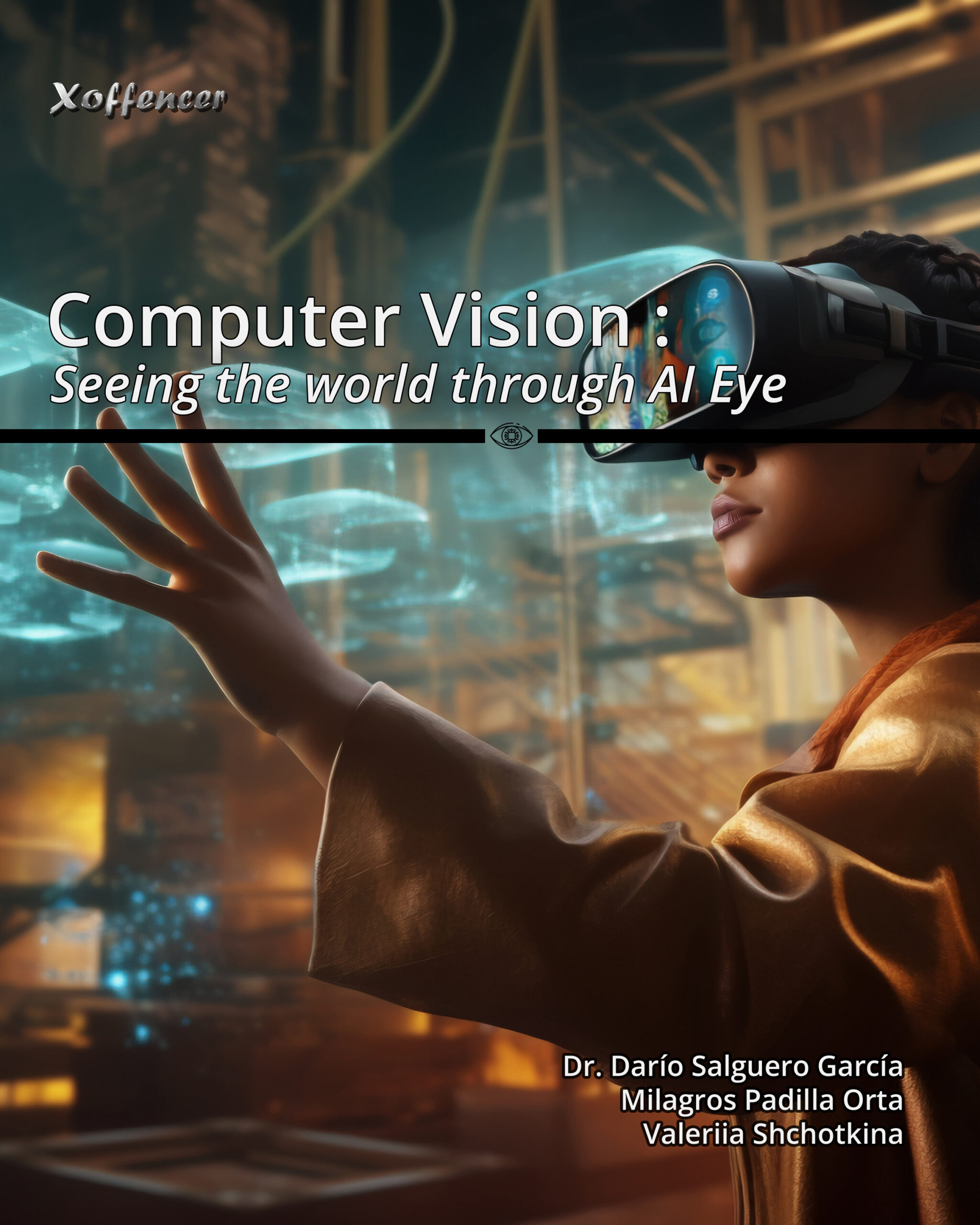

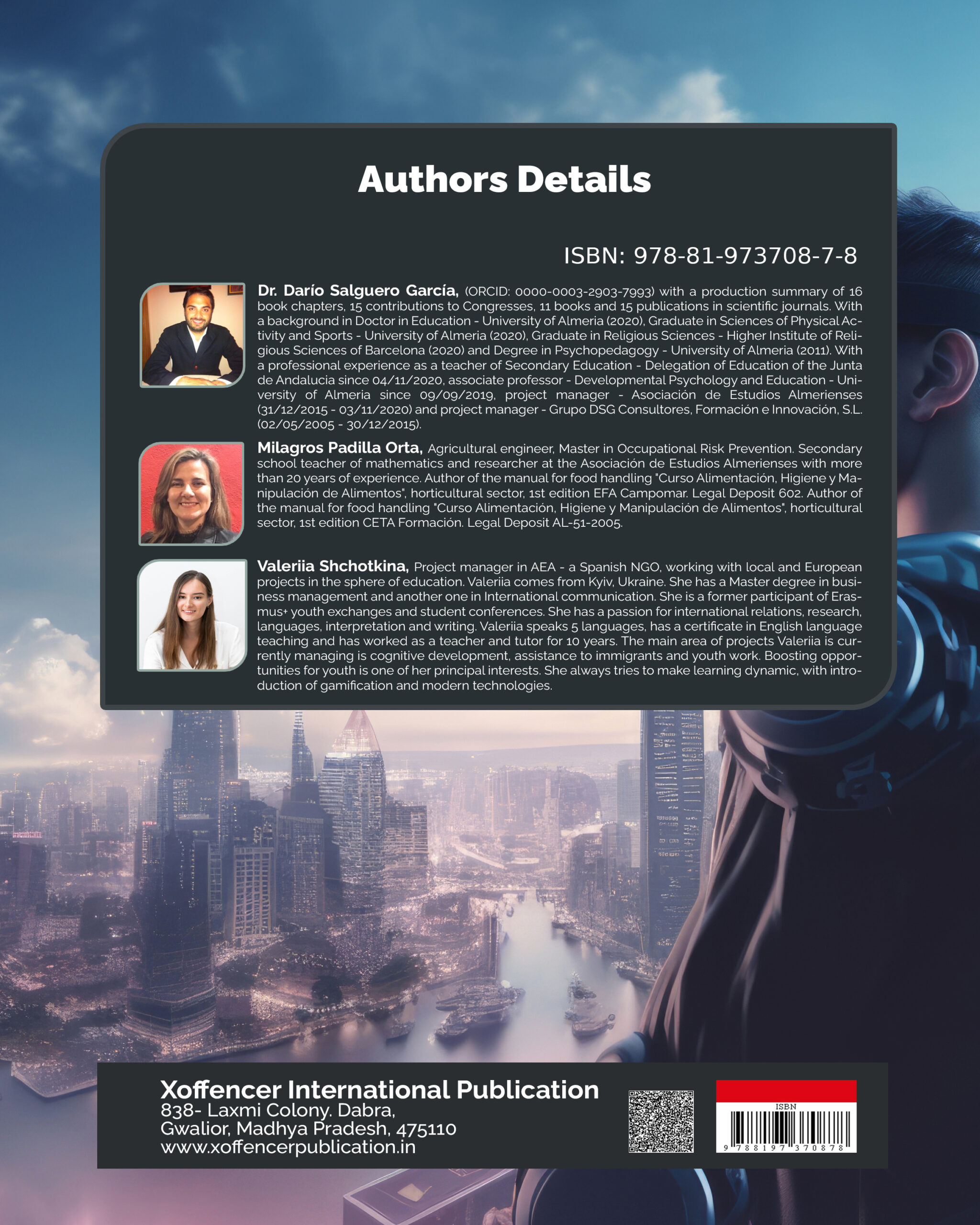
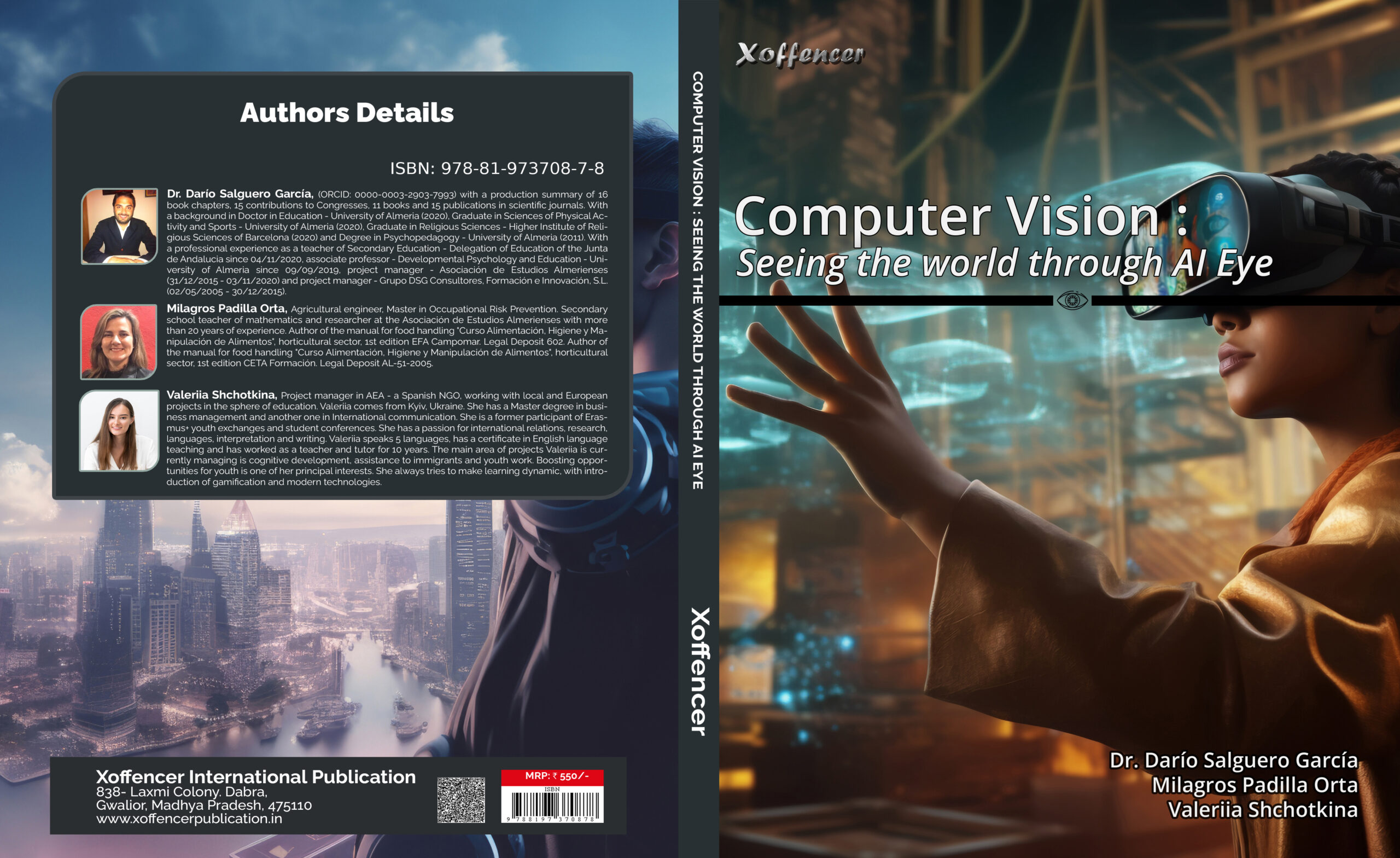




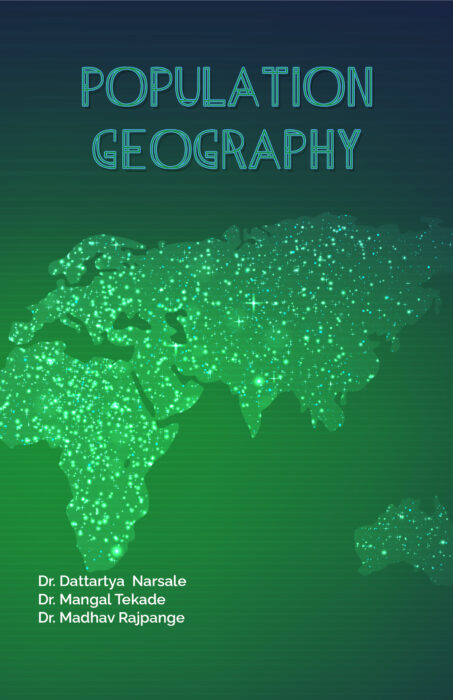
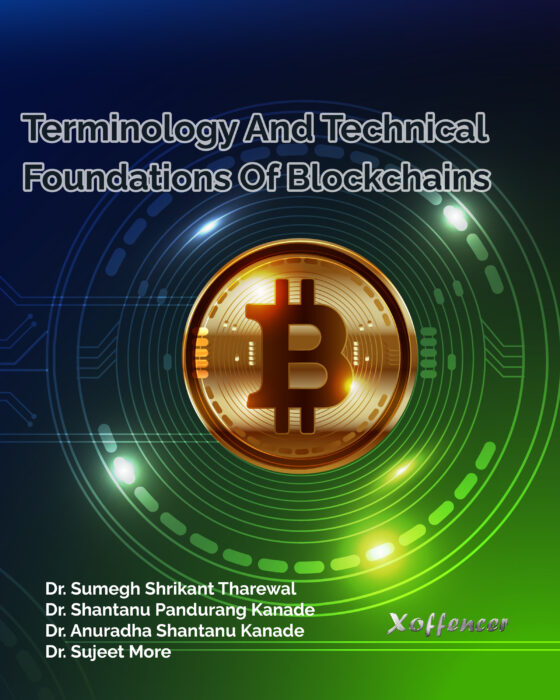
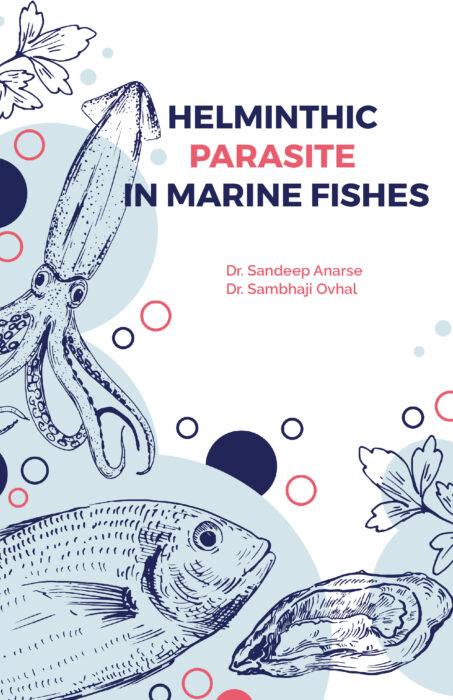
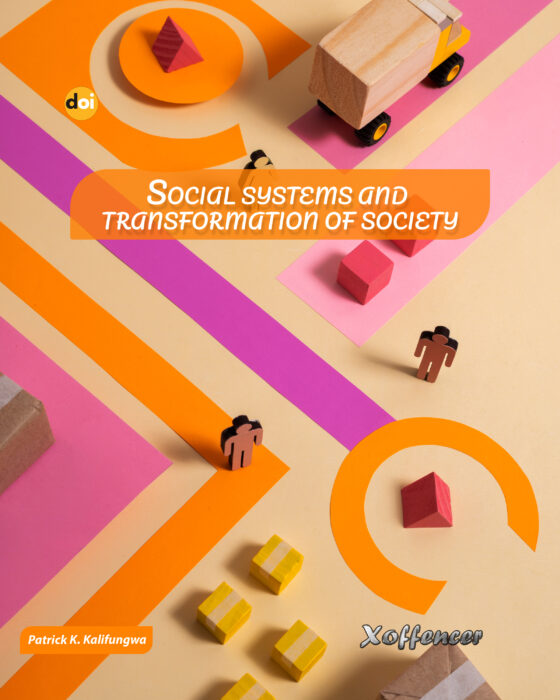
Reviews
There are no reviews yet.